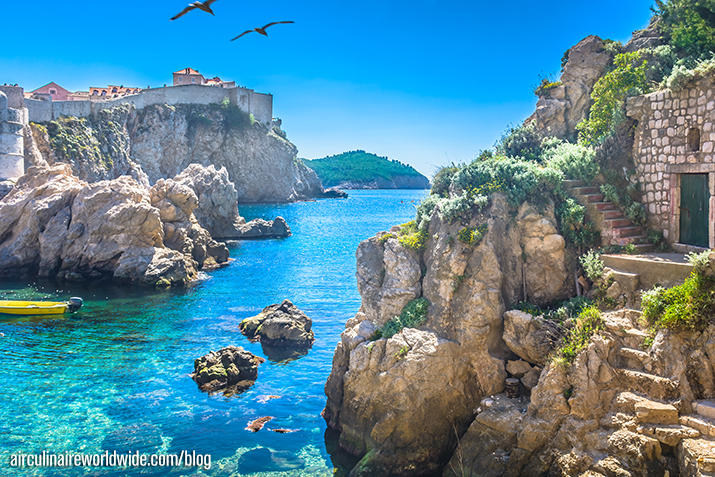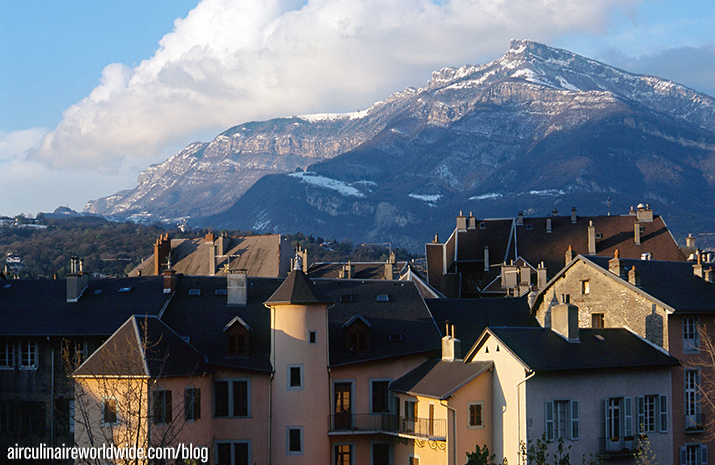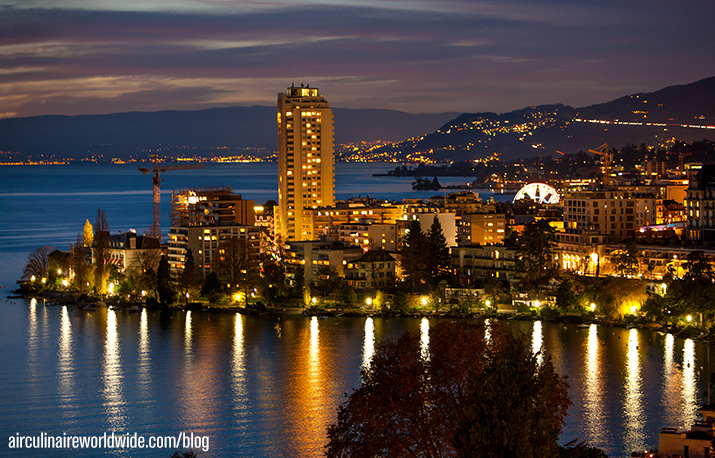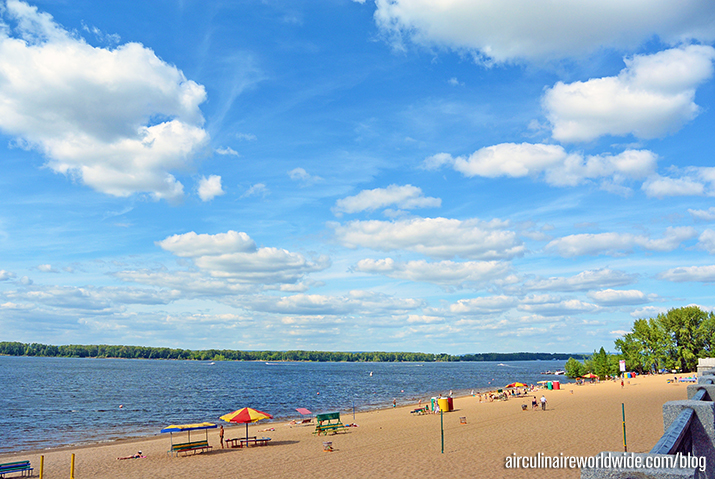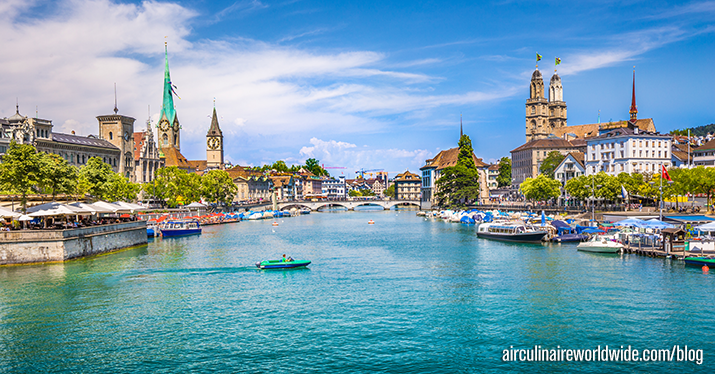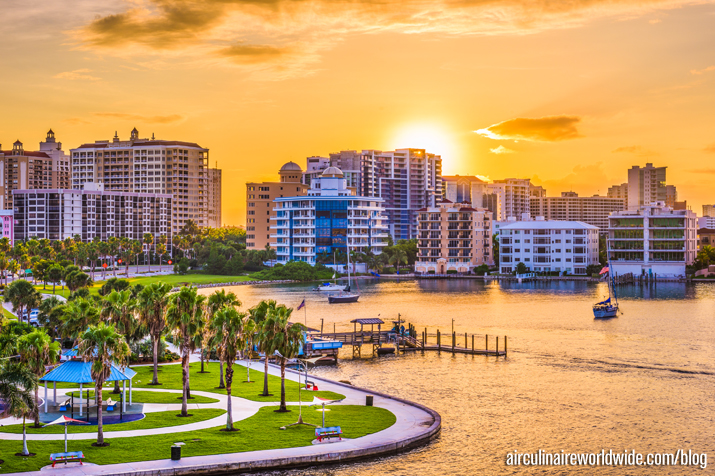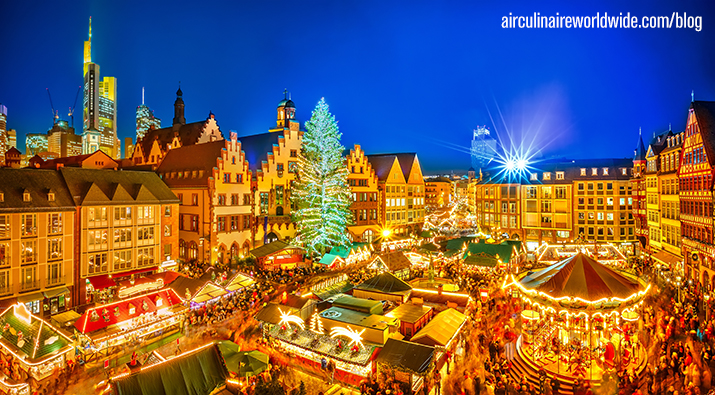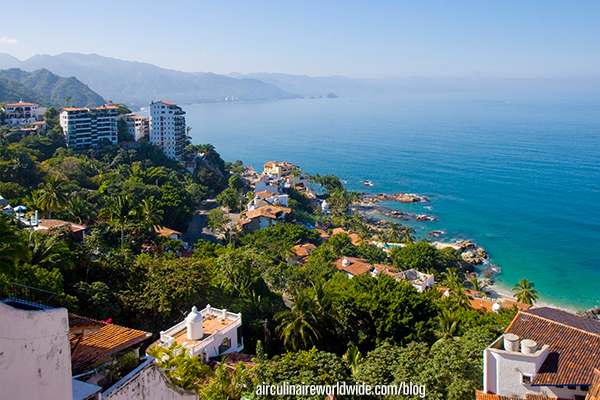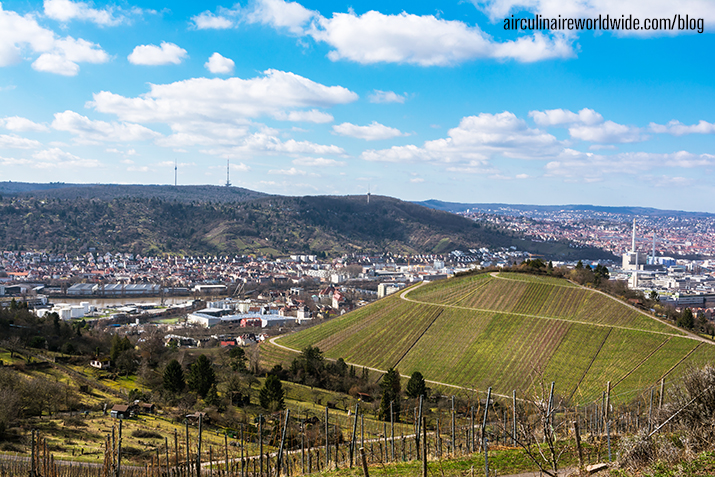Dubrovnik, called the “Pearl of the Adriatic” by Lord Byron, was founded under the name of “Ragusa” in the seventh century. Located in the southern region of Croatia, called Dalmatia, this 8-square-mile city is a popular getaway thanks to its climate and seaside location. With summers reaching average high temperatures in the 82 F range (around 28 C) and fall and spring reaching a mild 60-70 F (15-21 C), Dubrovnik’s peak season follows along with the warming trend throughout the year.
When operating to Dubrovnik, you will arrive at Dubrovnik Airport (LDDU). If you require chauffeured private transportation for your visit to Dubrovnik, this service is available through Universal Private Transport. After your time on the ground, inflight dining options are available through the Air Culinaire Worldwide Network.
Dubrovnik’s Old Town is a UNESCO World Heritage Site due to its walled structure that has been in place for about 800 years. The town is such an amazing sight that tourists from around the world, including over 500 cruise ships full, flock there every year. If you are heading to Dubrovnik during its low season in winter, you will still have plenty to do with the Dubrovnik Winter Festival (starts in November), open dates of Peljesac Wine Cellars (beginning of December) and Konavle Scents of Christmas (the last two weeks of December). Dubrovnik is known for having dozens of music festivals and live performances throughout the year, a full calendar is available at Visit Dubrovnik.
Given the coastal location of Dubrovnik, fresh seafood is prevalent in local cuisine. Various species of fish, like grouper and sea bass, are lightly prepared with lemon, garlic and olive oil. The regions strong Italian influence, from the history of Dubrovnik’s long past and from current vacation trends, means you will also find dishes like spaghetti and risotto. Ham and lamb are also available, and the cooking method comes from a unique local culture of using an iron bell. This is a Balkan-style of cooking in which the bell is called a “peka.” Lamb is the most popular item to cook this way and it is usually used for an Easter feast. However, a variety of food items can be prepared in this manner. Reservations for restaurants that provide meat cooked under the bell are necessary as they typically need at least a day of notice due to the long preparation time.
Questions?
If you have any questions about this article or inflight catering in Dubrovnik, contact weborders@airculinaire.com.
